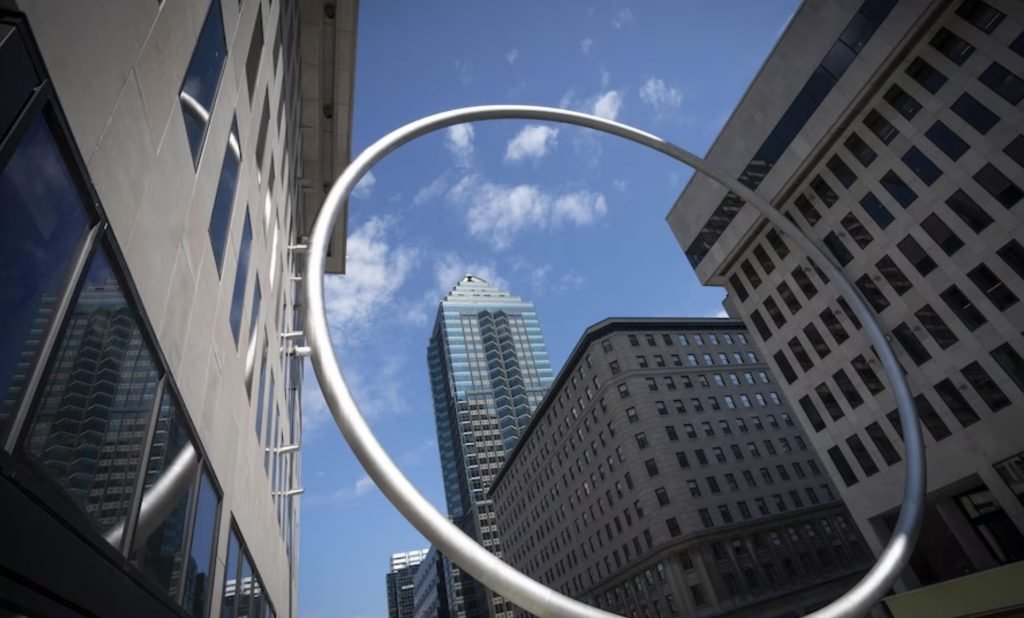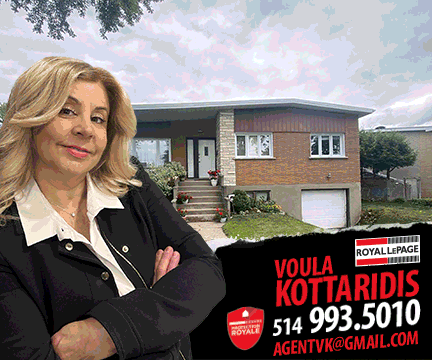
The office space vacancy rate could reach 29% by 2027
Pending an increasingly likely recession, the office real estate market in the greater Montreal area including our borough of Park-Extension is already experiencing one of the worst periods in decades.
According to property management firm CBRE, Montreal currently has the highest vacancy rate of any major city in the country after Calgary and Edmonton, Alberta. And no observer expects this situation, resulting from the mass adoption of telework by employers in Quebec, to change anytime soon.
Lagging behind other cities
In the fourth quarter of 2022, the vacancy rate for office towers in Montreal continued to grow to end the year at 17%, far behind its Canadian rivals. By comparison, Vancouver ended the year with a vacancy rate of 7.8%, Ottawa with 11.1% and Toronto with 16.2%. And although lagging behind these cities, Montreal probably has not yet experienced its worst level, according to the estimates of the Chamber of Commerce of Metropolitan Montreal (CCMM).
While category A buildings, which are very present in the downtown core, manage to avoid the worst, the situation is much less favorable for older buildings, categories B and C.
Supporting studies, show that the availability rate of office buildings will reach 20% before long.
The Altus Group, which is closely monitoring developments in the office market, expects the vacancy rate in this category to increase by another 70%, or 12 percentage points, within four years. Thus, the vacancy rate of the towers of Montreal would go from a level of 17% today to 29% by 2027.
The news is not all dark however. The CCMM, for example, reported that more and more employers are encouraging their employees to regain a taste for working face to face. This would be the case for the City of Montreal and the federal government, which would require a presence in the office two days a week.
With $14.5 million in aid from Quebec, the Chamber is stepping up initiatives to encourage the return of workers at least 3 to 4 days a week. The building of the Ring, this American steel structure, ordered without a call for tenders by Ivanhoé Cambridge, was partly financed by these funds from Quebec but unfortunately did not do much to attract people downtown while at the same time it generated a lot of jokes in social media.








